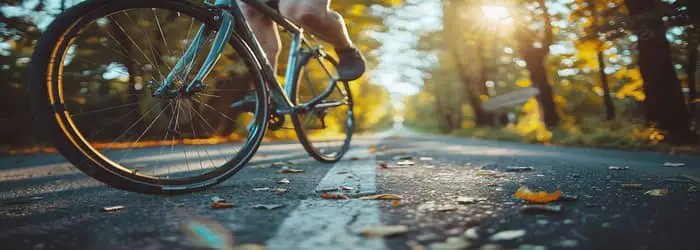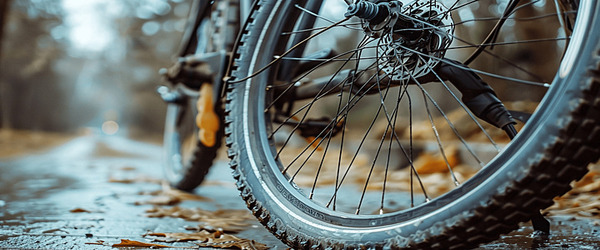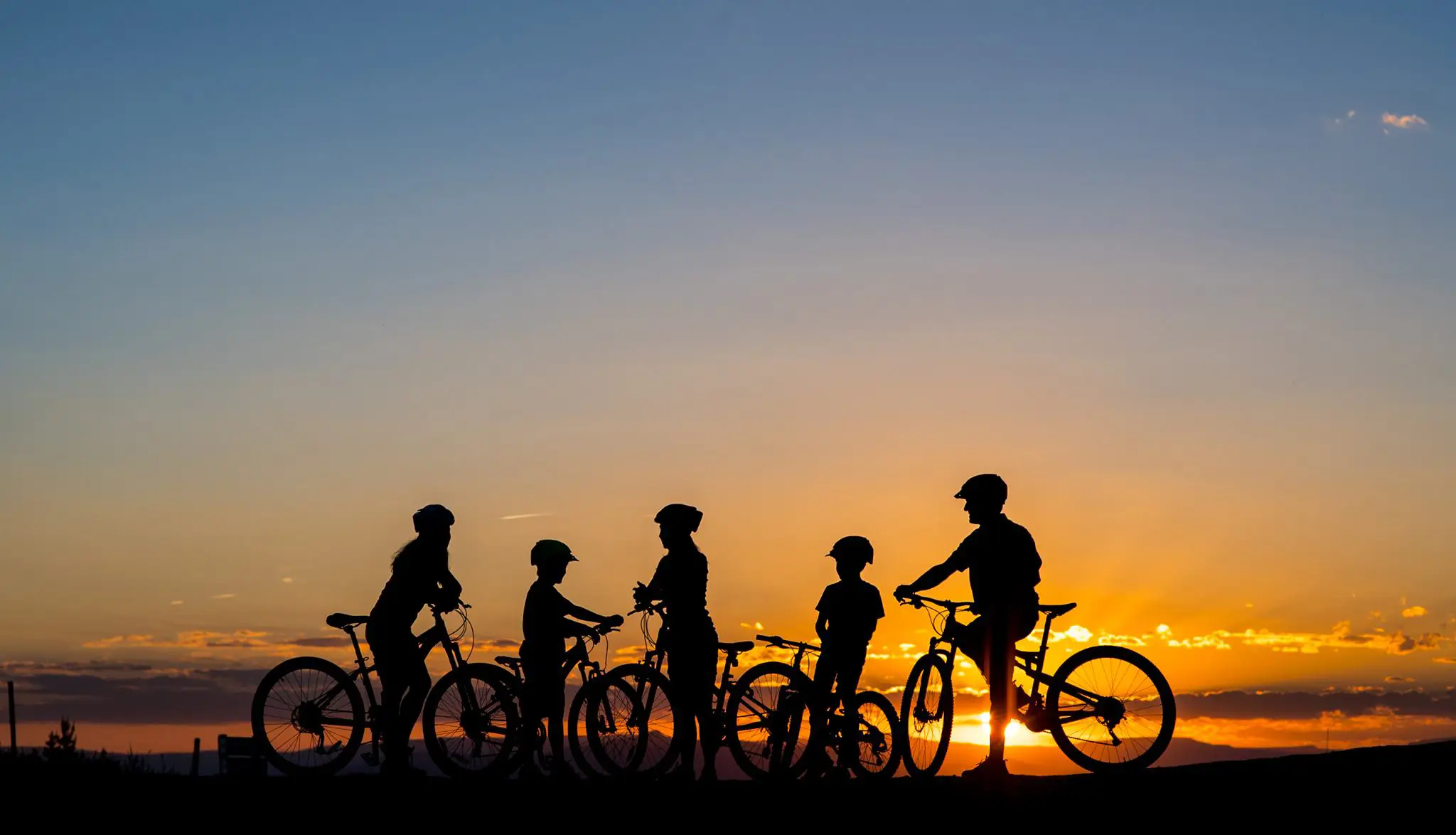
Preparing for the Great Dublin Bike Ride – Key Advice for Participants
September’s a great time to cycle around Dublin. The weather calms down, and you can actually enjoy the ride. Sport Ireland’s got an event with a 60 km and a 100 km route—take your pick. There are rest stops, helpers, and signs so you won’t get lost. The route moves through the city, then out into open countryside. It’s not a race. It’s more about the ride, the people, the vibe. Just show up ready and don’t ride like a maniac.
Before the Ride
Getting set for the Great Dublin Bike Ride starts with choosing a route that doesn’t feel like a stretch. Something that suits where you’re at. Make sure your bike’s in decent shape and your gear’s not falling apart. It helps to sortall that stuff ahead of time. The earlier you get it done, the less stress you’ll have later. You’ll be way more relaxed once you’re out on the road.

Bike and Gear Checklist
Your bike needs to be in good shape before the ride. Make sure to check:
- Breaks to see if they respond well
- Tires to confirm they’re pumped up and don’t have any obvious damage
- Chain to check it’s properly lubricated and not worn out
Wear a helmet that fits right, it’s required for everyone. Padded shorts, gloves, and something bright to wear will help keep you comfy and easier tospot. Also, bring along water, some snacks, and a small repair kit with extra tubes just in case.
Road Cycling Basics for Beginners
Riding with hundreds of other cyclists isn’t like your usual calm few kilometers. It’s a whole different vibe. Might be a good idea to mess around with some practice beforehand—just the kind of stuff that helps you stay steady and feel alright when things get busy out there.
Learn How to Brake Effectively
Slamming the brakes can throw you off balance, especially on wet roads. It’s safer to press both brakes gently, then apply more pressure if needed. For sudden stops, shift your weight back to stay stable and avoid sliding.
Know the Rules of the Road
Follow all traffic signals, signs, and road markings while riding. Bikes in Ireland are treated like vehicles, so the same rules that apply to drivers apply to cyclists too (Road Traffic Regulations). Use hand signals to let others on the road know what you’re planning:
- Left arm extended means you’re turning left
- Right arm extended means you’re turning right
- Left arm bent down means you’re slowing down or stopping
It helps to practice these signals before you go so they become second nature.
Cycling in a Group
Riding alone and in a group feel very different. The Great Dublin Bike Ride gathers hundreds or thousands of cyclists riding close together. This increases the risk of accidents due to close interactions. Group riding demands constant muscle alertness to stay safe. Maintain a steady line without sudden turns or swerves. Avoid overlapping wheels by staying slightly behind and to the side of the rider ahead.
Warn others of potholes, parked cars, or turns using voice and hand signals. Be predictable by signaling when slowing, stopping, or changing position. Focus on your path while watching fellow riders around you.

Safety Considerations

Be alert and vigilant during ride support. If the weather turns rough, wearing something bright and switching on your front and back lights makes it easier for others to spot you. Sunglasses come in handy too, they cut the glare, keep the wind and random bits out of your eyes, and help you see clearly. When you're riding, don't just look straight ahead. Keep checking side to side and behind you so you’re aware of cars, walkers, and other riders moving around you.
And yeah, staying hydrated matters, but don’t forget to eat too. You need both to keep going. Dublin weather can be mercurial in September-layer well, and carry a light waterproof. Brake early, avoid sharp turns, and be keen to detect slippery patches on the wet roads.
What to Expect on the Day
Knowledge of the flow of the event day helps in proper mental and physical preparation. From arrival and registration to completing the route and crossing the finish line, knowing what to expect decreases stress levels and enhances enjoyment during the ride.
Registration and Start Line
It’s a good idea to roll in early. Registration tends to open way ahead of the actual start, which gives you a chance to grab your pack and make sure your bike’s all set. They don’t send everyone off at once either — folks head out in waves so it doesn’t get too packed. There are marshals around helping move each bunch along when it’s their turn to go.
During the Ride
There are support stations with food, first aid, and bike help every 20 to 30 kilometres. Take a break to stretch and fix any small problems before they get worse. There are volunteers and marshals there to help you. Just follow their signs.
Post-Ride
Once you’re through the finish, someone usually hands you a medal and there’s a table with snacks or drinks nearby. Most folks don’t rush off. They hang around, chat a bit, swap ride stories. Some just sprawl out on the grass or wander through the little event area they’ve set up — there’s usually music, maybe a food truck, that kind of thing.

Summary
You don’t need to be some hardcore cyclist to show up for the Great Dublin Bike Ride. If things are set up right, those long bits don’t hit as hard. They actually feel alright. Kind of manageable, even fun. Just sorting a few basicsand being cool with riding next to strangers makes a big difference. It’s a nice way to meet people too. You get to soak in that whole cycling vibe Ireland’s got going. Whether you're pushing yourself or just rolling along forthe views, it works.
